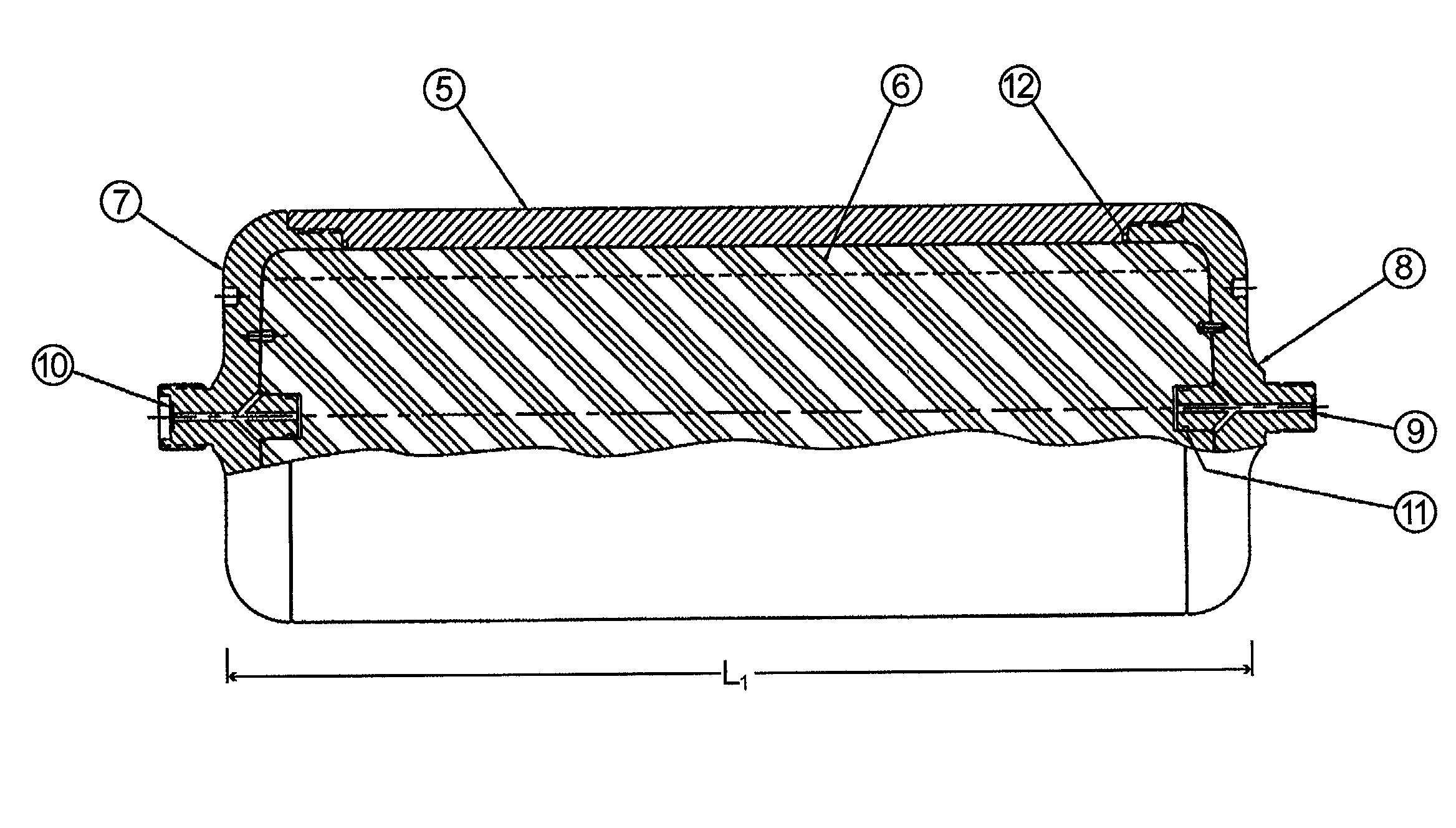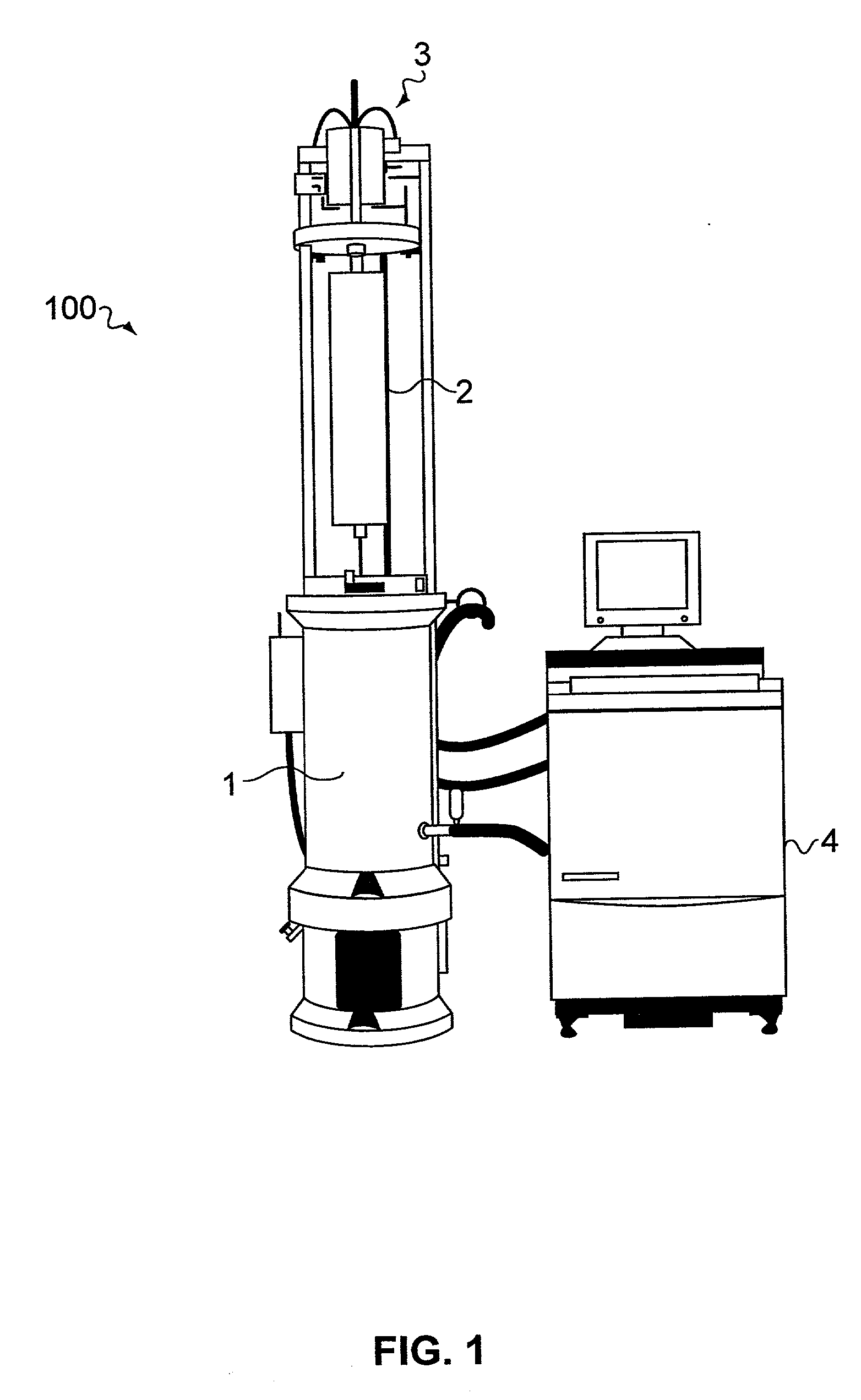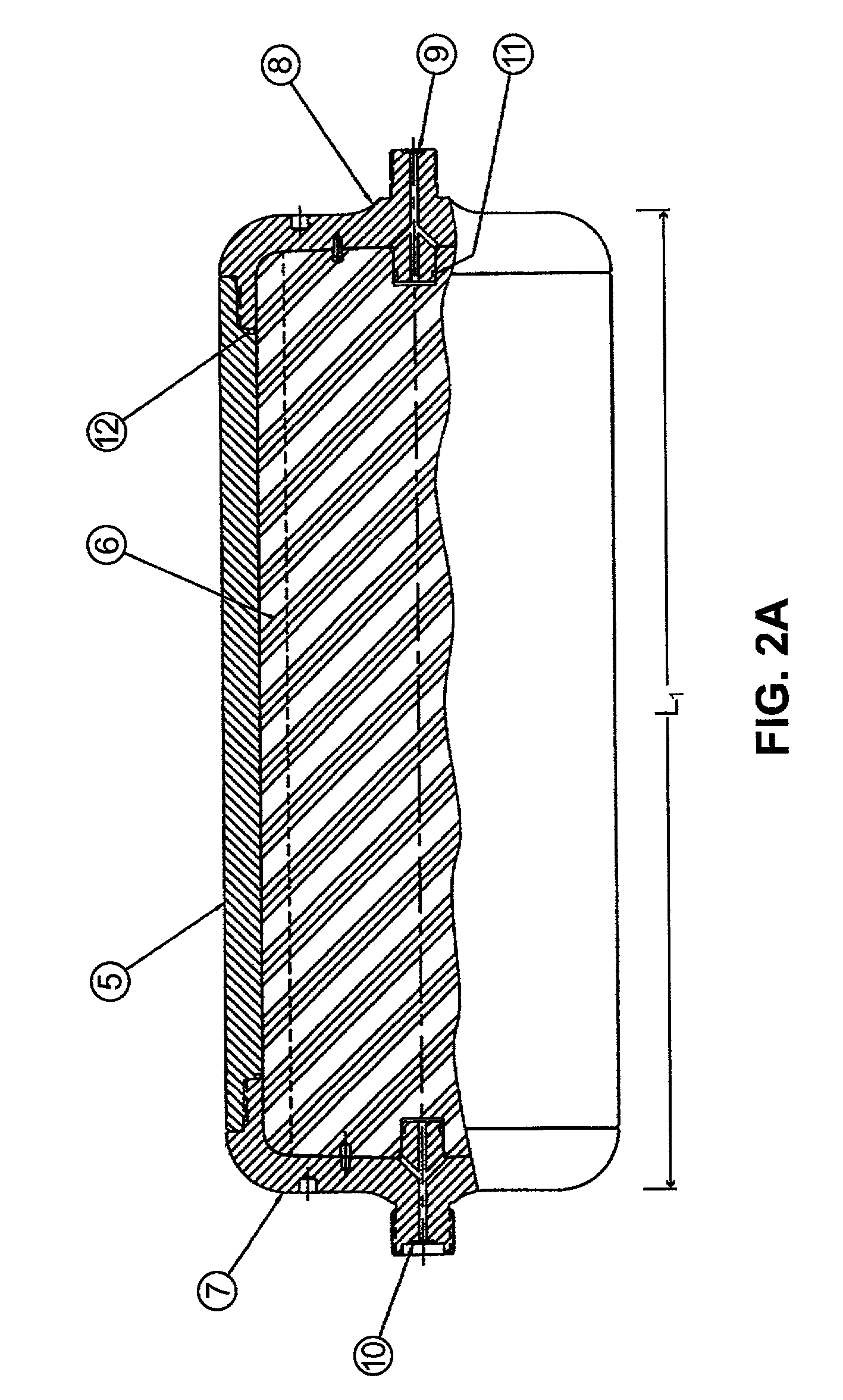Centrifuge with removable core for scalable centrifugation
a centrifuge and core technology, applied in centrifuges, centrifugal force sediment separation, separation processes, etc., can solve the problems of not being able to accommodate the varying volumetric sizes of users, not being suited for linear scale separation, and not being able to utilize the same centrifuge system to accommodate the varying volumetric sizes
- Summary
- Abstract
- Description
- Claims
- Application Information
AI Technical Summary
Benefits of technology
Problems solved by technology
Method used
Image
Examples
example 1
[0174] Preparation of Sucrose
[0175] Sucrose crystals (Life Technologies Inc.) were weighed using a top pan balance (two decimal places accuracy) in aliquots of 100 g. Lab water was heated to 60.degree. C. using a heated stir plate. Temperature was measured using a 0-100.degree. C. thermometer. At 60.degree. C. the sucrose was gradually added to the water.
[0176] 1 or 2 liter lots of sucrose were made and pooled, and stock solutions of 60% w / w sucrose were made. The sucrose density was checked with a refractometer for each lot to maintain consistency to within 60.+-.2% sucrose.
example 2
[0177] Preparation of Beads
[0178] Microsphere beads (Bangs Labs Inc.) were diluted in water at concentrations for spectrophotometric analysis. The analysis would be performed on the gradient fractions collected after separation.
[0179] Dilutions were made to give an absorbance peak of 1 AU (absorbance unit) at 280 nm. A scan peak of measurement at approximately 265 nm was chosen for analysis of the beads. This proved to be too concentrated to load to the system and a peak of 0.04 OD 280nm was used. The UV analyses were run at 265 nm, 280 nm and 320 nm. The 280 nm analysis typically showed less variation due to light sensitivity than the analysis at 265 nm. The 320 nm analysis was used to show any light scattering caused by contaminants. A ratio can be calculated between the three analyses to check for contamination of the product to be analyzed. Dilutions were made using p1000 and p200 Gilson pipettes.
[0180] A Perkin Elmer Xpress UV spectrophotometer system was used with 1 cm path, 2...
example 3
[0182] Rotor Assembly and System Setup
[0183] The assembly of both the large scale and pilot-scale ultracentrifuges followed similar protocols. Some of the operational procedures differed due to the different control consoles. Seal assemblies and rotor assemblies were cleaned with water. Ethanol spray was used to remove visible particulate matter from all surfaces. The rotor assemblies were loaded to the centrifuge system, connections made, subsystems checked, and system started according to the instruction manuals.
[0184] In both the large scale and pilot scale systems, the rotor assembly to be tested was filled with water using a peristaltic pump. In addition, a container with a further 2.times.rotor volume of water was attached to the pump inlet and recirculated from the centrifuge top outlet. This allowed for water circulation during the start up phase. In both centrifuge systems, the instruction manuals were followed to perform the following steps: the pump was set to deliver app...
PUM
| Property | Measurement | Unit |
|---|---|---|
| Fraction | aaaaa | aaaaa |
| Fraction | aaaaa | aaaaa |
| Length | aaaaa | aaaaa |
Abstract
Description
Claims
Application Information
 Login to View More
Login to View More - R&D
- Intellectual Property
- Life Sciences
- Materials
- Tech Scout
- Unparalleled Data Quality
- Higher Quality Content
- 60% Fewer Hallucinations
Browse by: Latest US Patents, China's latest patents, Technical Efficacy Thesaurus, Application Domain, Technology Topic, Popular Technical Reports.
© 2025 PatSnap. All rights reserved.Legal|Privacy policy|Modern Slavery Act Transparency Statement|Sitemap|About US| Contact US: help@patsnap.com



